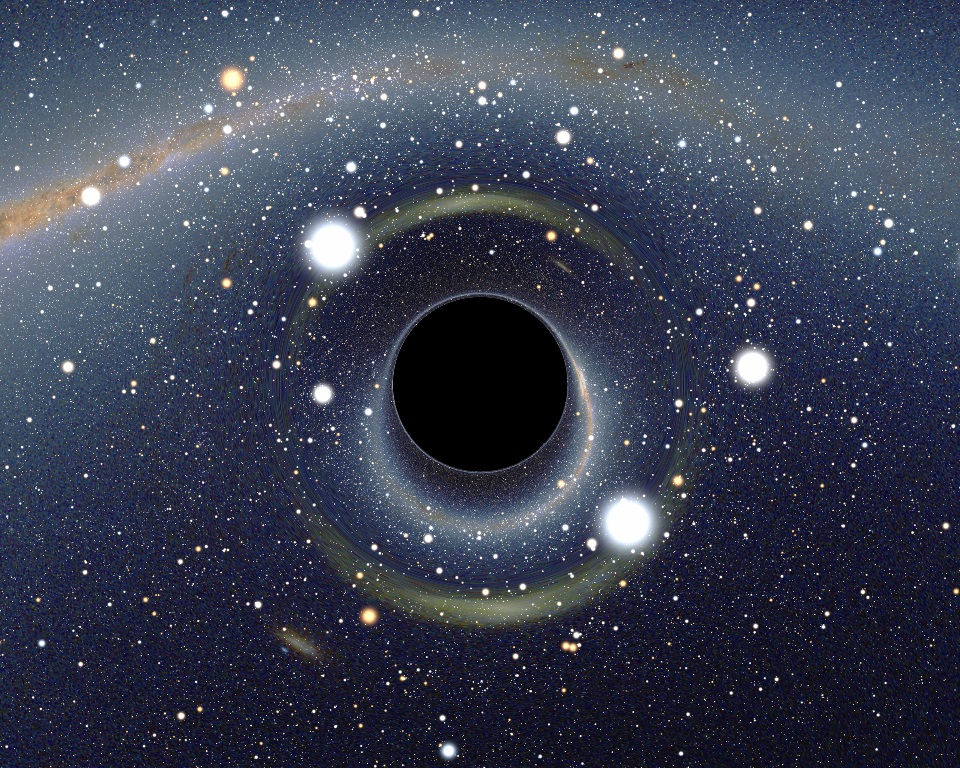Astronomers have found an ultramassive black hole, thought to be one of the largest ever located, using a new method.
The results, reported in the Royal Astronomical Society, indicate that the black hole has a mass that is more than 30 billion times that of the sun, a scale that astronomers have rarely seen.
It’s a “extremely exciting” finding that offers up “tantalizing” prospects for spotting more black holes, according to the researchers.

The team, headed by Durham University in the United Kingdom, used gravitational lensing, a method in which a neighboring galaxy is used as a gigantic magnifying mirror to distort light from a more distant object. This allowed them to carefully study how a black hole inside a galaxy hundreds of millions of light years away bends light.
Supercomputer models and Hubble Space Telescope pictures were also used to corroborate the black hole’s size.

According to a press statement from the Royal Astronomical Society, this is the first black hole discovered using gravitational lensing, with the team simulating light traveling through the cosmos hundreds of thousands of times.
“This particular black hole, which is roughly 30 billion times the mass of our Sun, is one of the largest ever detected and on the upper limit of how large we believe black holes can theoretically become,” said lead study author James Nightingale, an observational cosmologist from Durham University’s Department of Physics.
“Most of the largest black holes known to us are in an active state, where matter drawn in close to the black hole heats up and releases energy in the form of light, X-rays, and other radiation,” Nightingale continued.
“However, gravitational lensing enables the study of inactive black holes, which is currently not possible in distant galaxies.” This method could allow us to discover many more black holes outside of our local universe and show how these exotic objects developed in cosmic time.”
According to the press release, the discovery is important because it “opens up the tantalizing possibility that astronomers can discover far more inactive and ultramassive black holes than previously thought” and “investigate how they grew so large.”

According to the press release, the tale of this specific finding began in 2004 when a fellow Durham University astronomer, Alastair Edge, a research associate, spotted a giant arc of a gravitational lens while examining pictures of a galaxy survey.
The team has now returned to the finding and expanded on it with the assistance of NASA’s Hubble observatory and the DiRAC COSMA8 supercomputer.
The most massive things in the cosmos, ultramassive black holes, are an uncommon discovery for scientists.
Their beginnings are unknown, but some believe they were created billions of years ago by the merging of galaxies.
When a galaxy combines with another, stars are lost and a black hole acquires mass, which explains why some black holes have such a large mass.






